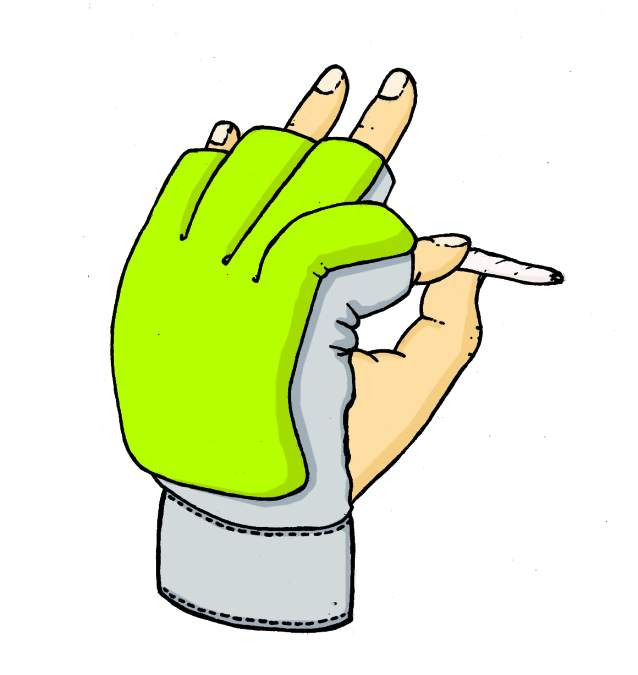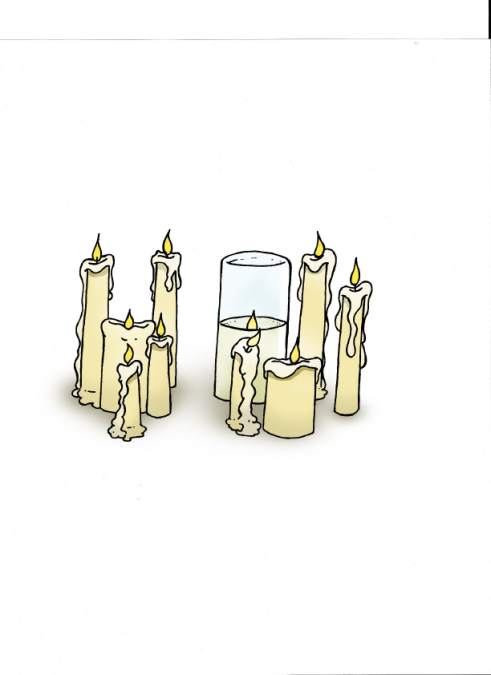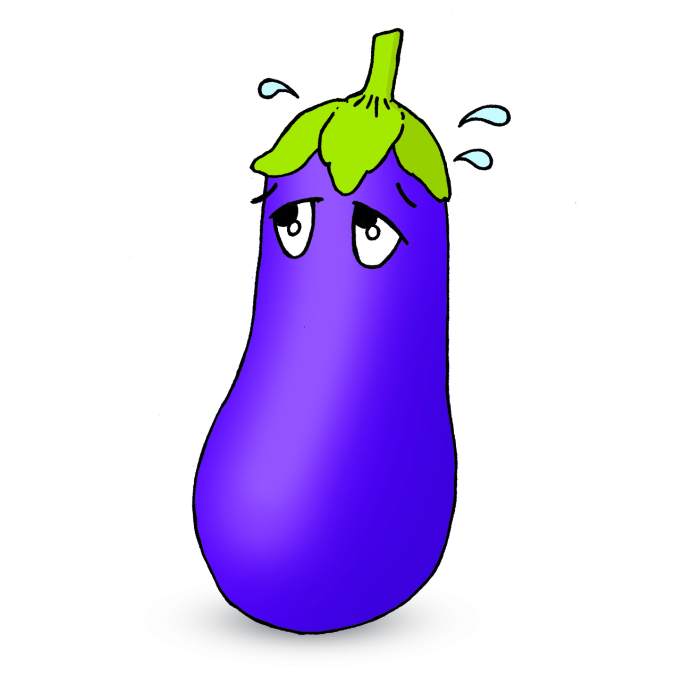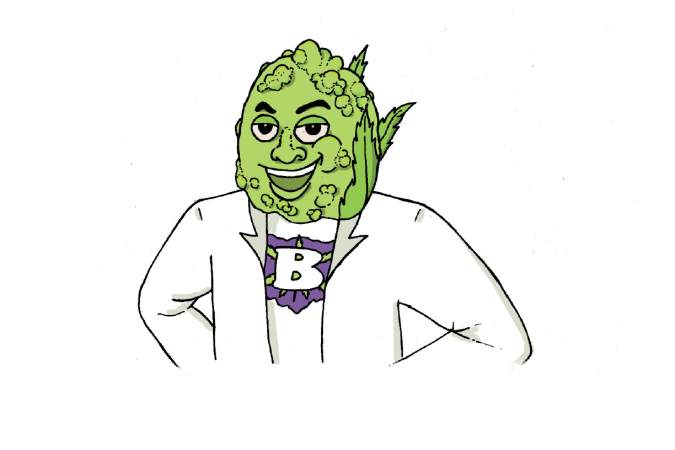Weed By the Numbers
This week, just some cold, hard stats.
Clearly I am in support of the legalization of marijuana. And I’m passionate about the subject not only because I enjoy smoking weed, but I’d also prefer not to be arrested for buying it. Regardless, I try to be objective on the matter, understanding that not everyone likes to get high (on cannabis, anyway), and that countering decades of Reefer Madness may take time. So in an effort to be more neutral and journalistic, I’d like to let the plethora of statistics I’ve gathered speak for itself. Although numbers, of course, cannot speak.
Legal cannabis sales last year were $2.7 billion, $1.55 billion in 2013. Estimates for this year are over $3.5 billion (not including ancillary products such as pipes, papers, grinders, vaporizers, etc.).
According to a Gallup poll taken last month, 58 percent of adults think cannabis should be legal, an all-time high (no pun intended). Last year only 51 percent were in support, and in 2010, only 48 percent. The first time the Gallup poll asked about ganja was in 1969, when it found only 12 percent in favor of legalizing marijuana (and four percent claiming to have ever tried it).
Among Americans born between 1981 and 1997 (i.e., whippersnappers, aka millennials), 71 percent support marijuana legalization. Thirty-five percent of senior citizens (65 or over) support cannabis reform, as do 58 percent of baby boomers. Only 29 percent of those aged 70 to 87 think weed should be legal.
Even though the majority support the right to smoke marijuana, they don’t necessarily want it in their faces. According to Pew Research, 62 percent of Americans don’t want weed smoked in public, even if legal, and 15 percent don’t want guests using it in their homes. As for opening a pot store in their hood? Fifty-seven percent have no problem with a legal cannabis business in their neighborhood.
Women hold 36 percent of the executive positions in the U.S. cannabis industry, as compared to 22 percent of business-executive positions in the nation as a whole.
Almost half of us have tried weed at some point (49 percent), and 12 percent—around 22 million Americans—have fired up (or eaten a brownie) in the past year. Over the past decade, the number of adults who say they used pot in the previous year has doubled. According to the journal Drug and Alcohol Dependence, in 2013 40 percent of teens said they had used marijuana—down from 47 percent in 1999, but up from 37 percent in 2009.
According to a 2013 study by the National Survey on Drug Use and Health, almost 20 million Americans are monthly marijuana users, and 33 million try it every year. Two-thirds of those who say they use pot on an annual basis also report that they don’t use any other (illegal) drugs. According to the National Institute on Alcohol Abuse and Alcoholism, one in every three users experiences abuse of or dependency on the substance, adding up to 6.8 million Americans.
It’s estimated by the United Nations that worldwide, 3.8 percent of the population—about 266 million adults—uses marijuana at least once per year, and 22.5 million smoke cannabis daily. The countries with the highest percentage of potheads? Papua New Guinea (29.5 percent), Palau (24 percent), and Ghana (21.2 percent). Italians like it a lot (15 percent), as do Nigerians (14 percent). Lowest on the list? Japan (0.1 percent) and Singapore (0.004 percent).
A nationwide survey conducted by the University of Michigan found that 5.9 percent of college kids smoke weed on a near-daily basis, and only 5 percent smoke cigarettes, marking the first time since the study was first conducted in 1980 that more college students smoked cannabis than cigarettes.
The average rolled joint contains half a gram of marijuana. Since an ounce is slightly more than 28 grams, you’ll get almost 60 joints in an ounce. (Unless of course you are Snoop Dogg.)
Fifty-nine percent of Americans say that weed is easy to get a hold of, according to the National Survey on Drug Use and Health. Among kids aged 12 to 17, 48.7 percent say it’s easy to obtain, and for those 18 to 25, 75 percent do. That’s an even higher percentage than the 26-to-34 age group; 69 percent of them said it was fairly or very easy to get. Among those 35 to 49, 60 percent had no trouble getting the ganja, while only half of those 50 or older could find a dealer.
According to the packaging, the serving size for Nacho Cheese Doritos is just 11 chips. Eleven.
That’s a lot to think about. Oh, and #LegalizeIt.











